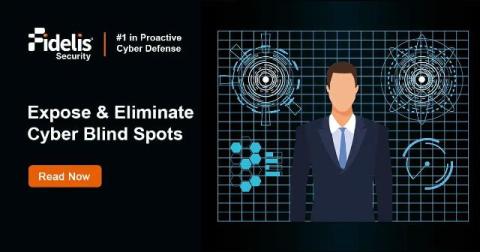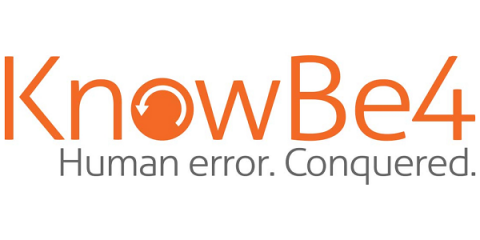Featured Post
The Key Steps to Ensuring DORA Compliance
As we approach 2025, financial institutions across the EU face the challenge of complying with the Digital Operational Resilience Act (DORA), which is set to take effect on the 17th of January. DORA is focused on strengthening cybersecurity and operational resilience across financial ecosystems, with the consequences for non-compliance ranging from regulatory fines to reputational damage and an increased risk of cyberattacks.










